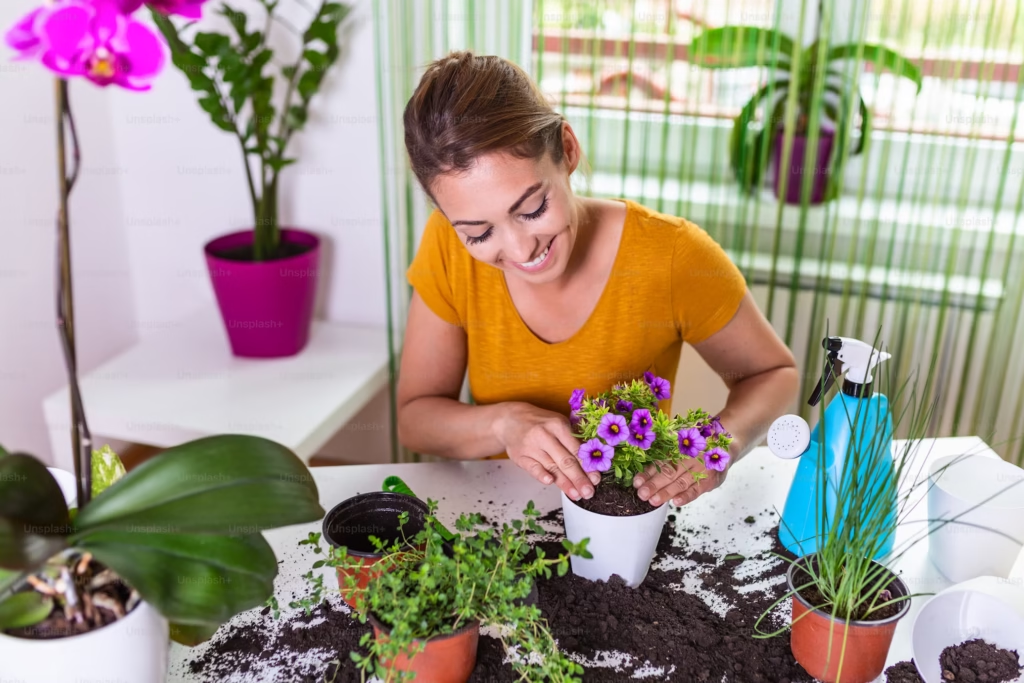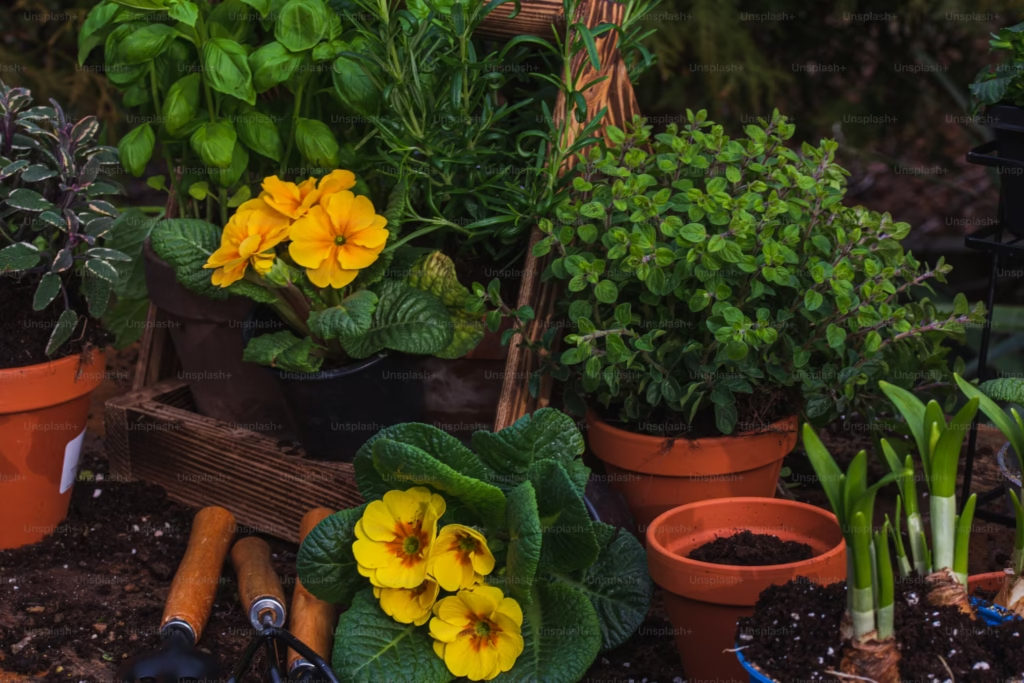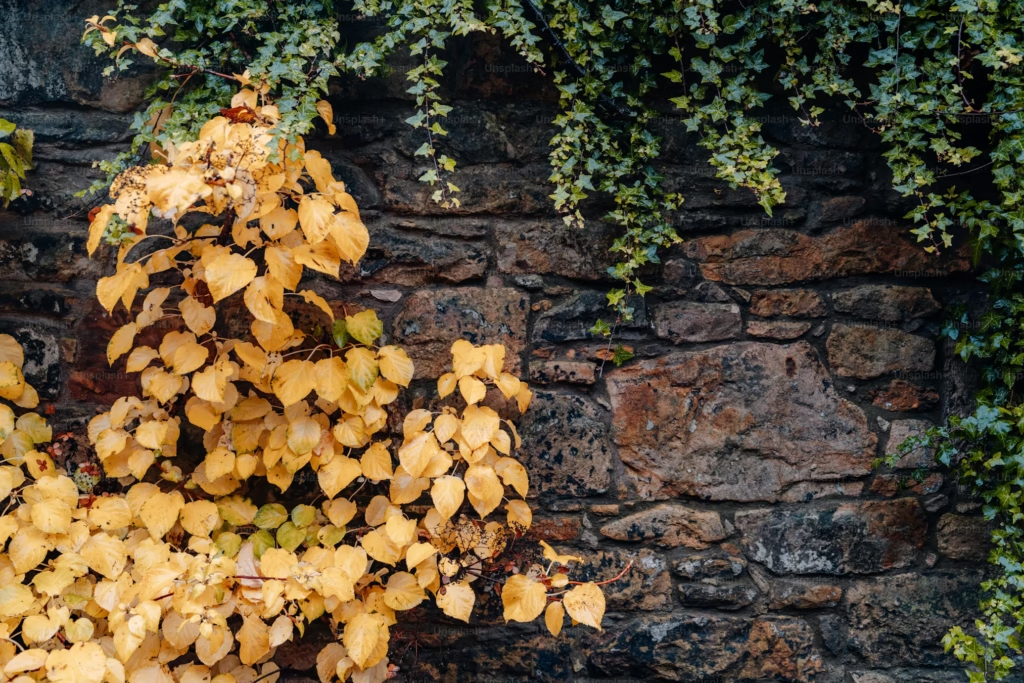
How to Winterize Your Houseplants
As the colder months approach, it’s essential to take extra steps to protect your houseplants from the challenges that winter can bring. The drop in temperature, lower humidity levels, and reduced sunlight can all stress plants. Winterizing your houseplants ensures they stay healthy and vibrant through the colder months, so they thrive come spring. Here’s a guide on how to winterize your houseplants for the best results.
1. Adjust Watering Habits
During the winter months, most houseplants go into a period of dormancy or slower growth. As a result, they require less water than they do in the warmer months.
- Check moisture levels: Before watering, always check the soil’s moisture level. If it still feels damp, wait a few more days to water.
- Reduce watering: Water less frequently, but make sure the soil is well-drained. Overwatering can lead to root rot, especially in the colder months when the plant is not actively growing.
Tip: Use a moisture meter to help determine when to water.
2. Ensure Proper Lighting
With shorter days and less natural sunlight in the winter, your plants might not be getting enough light.
- Move plants closer to windows: Place your plants near south- or west-facing windows to maximize the amount of sunlight they receive.
- Supplement with grow lights: If your home doesn’t get enough natural light, consider using grow lights to mimic sunlight. LED grow lights are energy-efficient and effective for most indoor plants.
Tip: Rotate your plants regularly to ensure all sides receive equal light exposure.
3. Maintain Humidity Levels
Indoor heating systems can significantly lower the humidity levels in your home, which can be detrimental to your houseplants, especially tropical varieties.
- Use a humidifier: Place a humidifier in the room where your plants are located to maintain humidity levels.
- Group plants together: Grouping your plants will create a microenvironment with higher humidity.
- Place plants on humidity trays: Fill a shallow tray with water and pebbles, then set your plant pots on top. As the water evaporates, it increases the humidity around the plants.
Tip: Regularly misting your plants with water can help, but avoid excessive moisture on leaves to prevent mold.
4. Avoid Cold Drafts
Cold drafts from windows, doors, or air conditioning units can stress your plants, especially tropical varieties that are sensitive to temperature changes.
- Keep plants away from drafts: Move plants away from windows, exterior doors, or air vents to avoid temperature fluctuations.
- Use insulating curtains: Thick curtains or blinds can help to keep cold drafts from reaching your plants.
Tip: Ensure that plants are not too close to radiators or heaters, as this can dry out the air and harm your plants.
5. Prune and Clean Your Plants
Winter is a great time to prune dead or dying leaves and stems to keep your plants healthy.
- Trim dead leaves and stems: Removing spent or dead growth helps reduce the chances of pests and diseases while encouraging new growth in the spring.
- Clean plant leaves: Dust can accumulate on your plants, blocking light and preventing photosynthesis. Gently wipe down the leaves with a damp cloth to remove dust and debris.
Tip: If your plants are very dusty, consider giving them a light shower (using lukewarm water) to clean off the leaves.
6. Fertilize Less Frequently
Most plants are dormant or growing very slowly during the winter months, so they don’t require much fertilizer.
- Cut back on fertilizing: Stop fertilizing or reduce the frequency of feeding to avoid overfeeding your plants during their resting period.
- Use a diluted fertilizer: If you do fertilize, use a diluted solution of houseplant fertilizer to ensure you don’t overfeed the plant.
Tip: Fertilize lightly, only if your plants are still actively growing or showing signs of stress.
7. Repot if Necessary
Winter isn’t typically the best time to repot, as plants are not actively growing, but if you notice your plant is becoming root-bound or its soil quality is deteriorating, it might be time for a repot.
- Check the root system: If the roots are circling around the pot or growing out of the drainage holes, it’s time to repot into a slightly larger container.
- Use fresh potting soil: Repot with fresh, well-draining soil to ensure healthy root growth.
Tip: Wait until the spring to repot most plants, as it’s typically their growing season.
8. Keep an Eye Out for Pests
Winter can bring pest problems if plants are stressed due to the changing environment. Common indoor pests like spider mites, aphids, or mealybugs can thrive in dry indoor air.
- Inspect plants regularly: Check for pests on the undersides of leaves and along stems.
- Treat infestations promptly: If you spot pests, isolate the affected plant and treat it with a gentle insecticidal soap or neem oil.
Tip: You can prevent many pest problems by maintaining proper humidity and air circulation.
9. Avoid Overcrowding
While it’s tempting to keep plants close together for warmth and humidity, overcrowding can lead to poor air circulation and increase the risk of fungal infections and pests.
- Ensure adequate space: Make sure each plant has enough space to breathe and grow without being cramped by others.
- Rotate plants: Regularly rotate your plants to ensure all sides receive equal exposure to light.
10. Monitor Temperature
Ensure that the room temperature remains consistent throughout the winter.
- Ideal temperature range: Most houseplants prefer temperatures between 60°F to 75°F (16°C to 24°C). Avoid placing plants near heaters, fireplaces, or other sources of heat, which can cause temperature fluctuations.
- Check temperatures regularly: Use a thermometer to monitor room temperature and ensure it stays within the ideal range.
Final Thoughts
Winterizing your houseplants might require a bit more effort, but by following these steps, you can help them survive the cold months and come out stronger in spring. With proper care, your plants will stay healthy and vibrant through the winter and be ready to thrive when the warmth returns. 🌿✨



